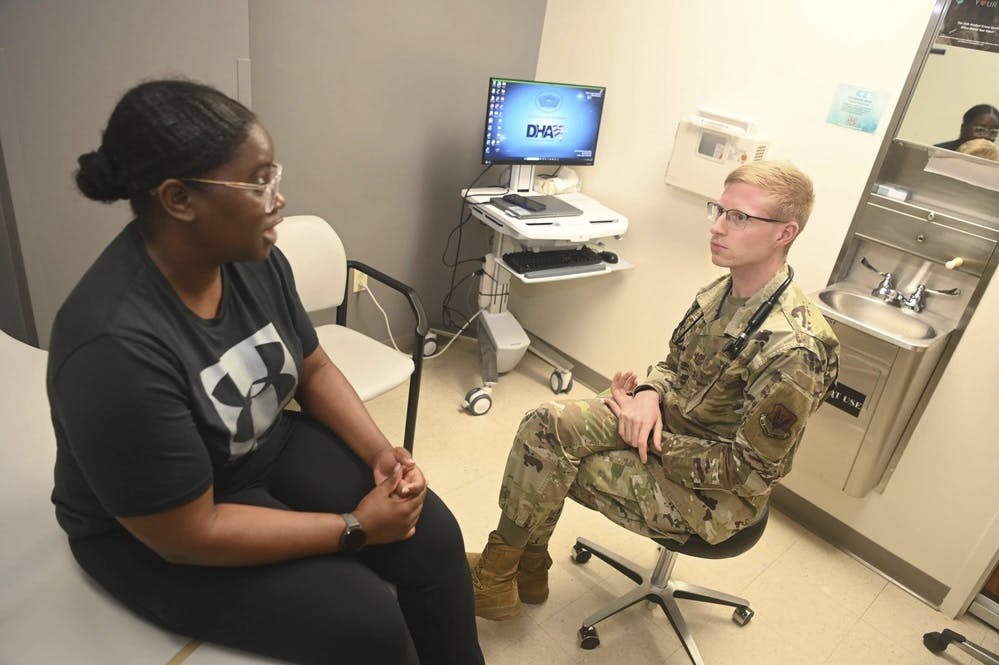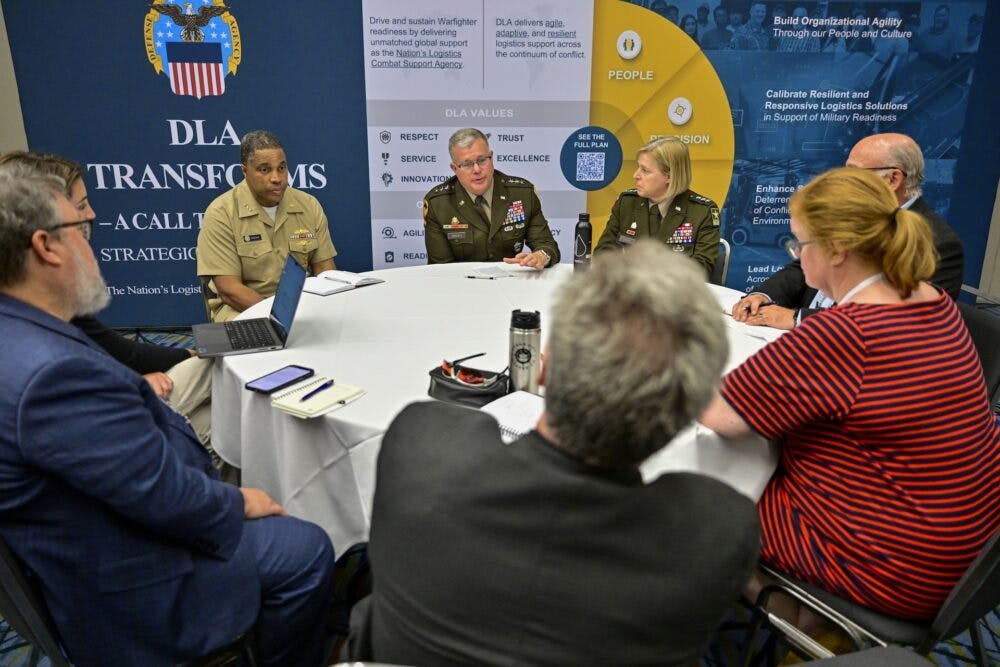HHS Targets Data Strategy Amid Federal Cyber, CX Priorities
The agency is on the verge of releasing a department-wide data strategy while agencies continue focusing on cyber and CX.

Federal health IT leaders are focusing on data strategy and interoperability, improved customer experience and cybersecurity as their top priorities throughout the rest of 2022.
These priorities have evolved amid broader executive efforts underway to improve national cybersecurity and leverage data as a strategic asset, as well as building off newer avenues forged amid the COVID-19 pandemic.
Department of Health and Human Services (HHS) CIO Karl Mathias — who joined the agency in March — said although these efforts are all important to him, one of his biggest one is to publish a department-wide data strategy within the next two and a half months.
“The top priority at HHS is developing a comprehensive department-wide data strategy, and we are in the middle of doing that,” Mathias said at a Federal News Network event Tuesday. “We’re looking at how can we improve the people and the culture associated with how you manage data, bringing in people who are experienced data scientists who understand this kind of thing.”
While there are data modernization strides underway at certain components at HHS, Mathias said he wants better data-sharing, strong data security and privacy, as well as greater data governance.
Meanwhile the Office of the National Coordinator for Health IT (ONC) is focusing on interoperability standards to improve health data exchange.
“Our top priority here is interoperability of networks based on robust health IT standards … that are then certified and required and that we see come to life in the marketplace — whether it’s through the advancement of API-based systems or just inclusion of all the new innovations,” said ONC Office of Technology Deputy Director Ryan Dempsey Argentieri. “Interoperability of networks based on robust health IT standards that I already talked about that are then certified and required and that we see come to life in the marketplace, whether it’s through advancement of API based systems or just inclusion of all the new innovations.”
Cybersecurity — particularly risk management across the health care sector — is another major focus area at HHS. Mathias is leveraging the Health Sector Cybersecurity Coordination Center (HC3) to analyze threats to medical and public health infrastructure and develop alerts and reports to build resiliency with partnering institutions.
HC3 also combs through new health care-related websites to identify scams and malware and is working with internet service providers to shut them down before they become serious threats.
“Last week alone, we looked at about 1,300, 1,400 URLs,” Mathias said. “We sent 162 takedown notices to the internet service providers because they were dishing out nonsense.”
HHS’s Office of Inspector General (OIG) is another key partner in meeting Mathias’ cyber goals. HHS OIG helps send out victim notifications, and the agency works with partner hospitals, clinics and pharmacies to develop guides and procedures to enhance health care infrastructure security.
Health agencies are also focusing on leveraging IT to improve the customer experience. At the Department of Veterans Affairs, Connected Care Chief Officer Neil Evans said that he aims to continue leveraging telehealth and other technologies that helped veterans throughout the pandemic.
Evans noted the VA has seen a 1,200% increase in telehealth visits between fiscal years 2019 and 2020, and that as of July 25, VA has facilitated more than 20.7 million telehealth visits for 2.3 million veterans since the start of the pandemic. Evans’ goal is to incorporate remote care technologies with face-to-face care to improve the health care experience.
“Whether it be through telehealth or what, the virtual capabilities — connected capabilities — are increasingly part of care right alongside face-to-face care,” Evans said. “Both of them matter, and it’s that sort of seamless connection, seamless combination of both — it’s really appealing to those who are receiving care from VA.”
This is a carousel with manually rotating slides. Use Next and Previous buttons to navigate or jump to a slide with the slide dots
-

Trump Executive Order Boosts HBCUs Role in Building Federal Tech Workforce
The executive order empowers HBCUs to develop tech talent pipelines and expand access to federal workforce opportunities.
3m read -

DOD Can No Longer Assume Superiority in Digital Warfare, Officials Warn
The DOD must make concerted efforts to address cyber vulnerabilities to maintain the tactical edge, military leaders said at HammerCon 2025.
4m read -

Tracking CIOs in Trump's Second Term
Stay informed on the latest shifts in federal technology leadership as new CIOs are appointed and President Trump's second term takes shape.
6m read -

DHA CDAO Spearheads Master Data Catalog to Boost Transparency
Jesus Caban plans to boost DHA's data maturity through a new master data catalog, governance frameworks and inventory of tech tools.
5m read -

IHS Prepares to Deploy PATH EHR at Pilot Sites in 2026
IHS targets PATH EHR pilot in 2026, emphasizing governance, collaboration and interoperability as key pillars of the modernization strategy.
4m read -

IRS Makes Direct File Code Public as Lawmakers Debate Program’s Fate
The agency sees the Direct File source code as beneficial to government digital services despite what happens with it in proposed budgets.
5m read -

Inside Oak Ridge National Lab’s Pioneer Approach to AI
Energy Department’s Oak Ridge National Lab transforms AI vulnerabilities into strategic opportunities for national defense.
22m listen -

A Look at Federal Zero Trust Transformation
Recent developments from CISA and DOD show how government is advancing zero trust quickly.
20m read -

FEHRM CTO Targets Two-Year Cloud Migration for Federal EHR
Lance Scott touts new EHR tech advancements, including cloud migration, expanded data exchange and AI integration to improve care delivery.
4m read -

New Army Acquisition Plan Cites Autonomy, Predictive Analytics
Officials outline how the Army Transformation Initiative signals a broader shift toward efficiency with tech and acquisition reform.
4m read -

DOE National Labs Launch New AI Tools for Operational Efficiency
The Energy Department's National Laboratories are using AI to increase operational efficiency and drive research efforts forward.
3m read -

AWS Summit: Innovation Accelerates IT Delivery at DOD
Marine Corps Community Services is tackling outdated IT processes with agile development and cutting-edge cloud security to deliver mission-critical capabilities faster.
12m watch
















